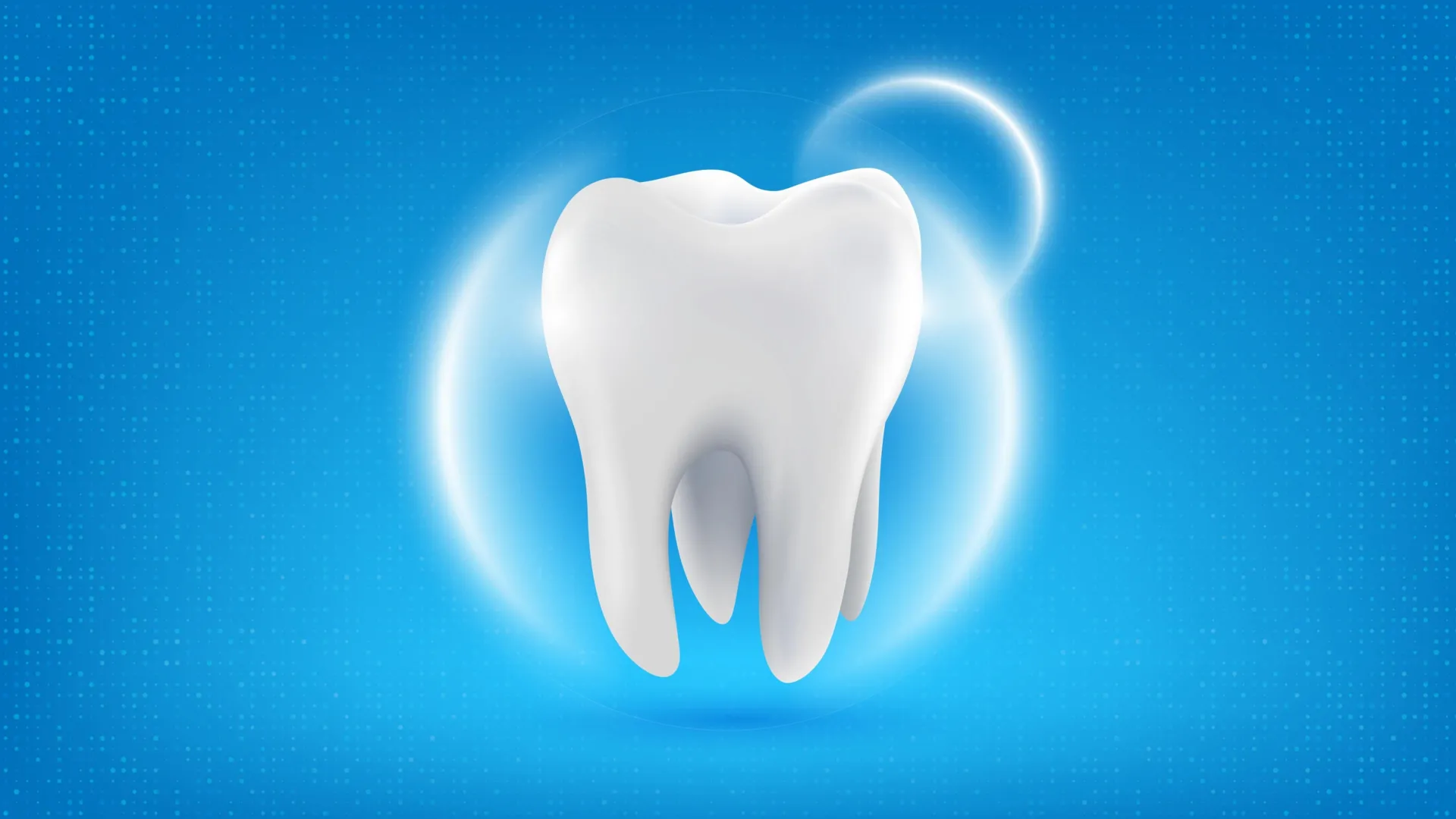Goodbye cavities? This new toothpaste made from hair can heal enamel

A new approach to oral care may come from an unexpected source: your own hair. Researchers have found that toothpaste made from keratin, a protein naturally present in hair, skin, and wool, could both protect and repair damaged teeth while offering a sustainable alternative to traditional dental treatments.
Scientists from King’s College London discovered that keratin can rebuild tooth enamel and halt the early stages of decay. When keratin interacts with the minerals found in saliva, it forms a coating that closely replicates the composition and protective function of natural enamel.
Dr. Sherif Elsharkawy, senior author and consultant in prosthodontics at King’s College London, explained: “Unlike bones and hair, enamel does not regenerate, once it is lost, it’s gone forever.”
Protecting Teeth from Erosion and Cavities
Everyday habits, from drinking acidic beverages to poor brushing routines, wear away enamel over time. This erosion can lead to sensitivity, discomfort, and eventually tooth loss. While fluoride toothpaste helps slow this process, the keratin-based formulation in the new study went further, completely preventing it in laboratory tests.
Keratin creates a dense, mineralized barrier over the tooth’s surface, blocking the nerve channels responsible for sensitivity. This not only protects against further damage but also provides immediate relief from discomfort, addressing both cause and symptom.
The researchers envision the treatment being available in two forms: a daily-use toothpaste or a professional gel applied by dentists, similar to nail varnish. According to the team, keratin-based enamel repair products could be accessible to the public within two to three years.
How Keratin Helps Teeth Heal Themselves
In the study, published in Advanced Healthcare Materials, scientists extracted keratin from wool and applied it to tooth surfaces. When exposed to the natural minerals present in saliva, the protein organized itself into a crystal-like structure that mimicked real enamel.
Over time, this microscopic framework continued to attract calcium and phosphate ions, gradually forming a durable, enamel-like layer. The finding marks an important milestone in regenerative dentistry and brings researchers closer to treatments that can rebuild the tooth’s protective shell rather than just patching damage.
Sustainable, Natural, and Clinically Effective
Sara Gamea, PhD researcher at King’s College London and the study’s first author, said: “Keratin offers a transformative alternative to current dental treatments. Not only is it sustainably sourced from biological waste materials like hair and skin, it also eliminates the need for traditional plastic resins, commonly used in restorative dentistry, which are toxic and less durable. Keratin also looks much more natural than these treatments, as it can more closely match the color of the original tooth.”
The research addresses growing concerns about the environmental impact of dental materials and the long-term use of fluoride. By using recycled biological materials, this approach could make dental care more eco-friendly while reducing dependence on synthetic compounds.
A New Era of Biotech Dentistry
“This technology bridges the gap between biology and dentistry, providing an eco-friendly biomaterial that mirrors natural processes,” said Gamea.
Dr. Elsharkawy added: “We are entering an exciting era where biotechnology allows us to not just treat symptoms but restore biological function using the body’s own materials. With further development and the right industry partnerships, we may soon be growing stronger, healthier smiles from something as simple as a haircut.”
The work received support from the Wellcome Trust Seed Award, King’s College London, the Academy of Medical Sciences ‘Starter Grants for Clinical Lecturers’, and the National Institute of Health Research.
Source link

